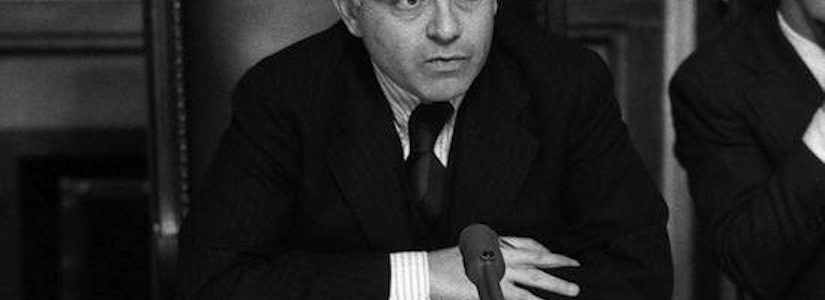
In Memoriam: Norman Redlich
October 14, 2011
Article from the Fall 2011 Newsletter
Norman Redlich, a key figure in the battle to close Washington Square Park to vehicular traffic, passed away on June 10, 2011, at the age of 85. Redlich is perhaps best known as the former dean of NYU’s Law School, a pioneer in the opposition to capital punishment, and a member of the commission that investigated President John F. Kennedy’s assassination. However, Redlich’s work to protect Greenwich Village is an indisputable highlight of his preservation legacy. In 1958, he worked with Jane Jacobs and other members of the Joint Emergency Committee to Close Washington Square Park to Traffic (JEC) to defeat Robert Moses’ plan to build a depressed four-lane highway through the park. Redlich served as an envoy from the JEC to Tammany Hall boss Carmine De Sapio, whose testimony before the Board of Estimate was crucial to the park’s successful closure. As Edith Lyons, a co-founder of the JEC, later recalled, Redlich “became one of the most valuable members of that committee. He helped us enormously with the politics of it. He was very keen.” Redlich also participated in the struggle to designate the Greenwich Village Historic District and acted as chair of the Greenwich Village Association Housing Committee. During his stint as executive assistant to the city’s Corporation Counsel in the late-1960s, Redlich was involved in applying and strengthening the Landmarks Law, which he continued to champion when he acceded to the position in 1972. The transcript of a 1996 lecture given by Redlich for an NYU course co-taught by NYPAP founder and chair Anthony Wood, as well as the transcript from a follow-up interview conducted by NYPAP Board member Susan De Vries, are available on the Greenwich Village Society for Historic Preservation’s website. A full obituary can be found in the June 11, 2011, issue of The New York Times. To share your memories of Norman Redlich, please visit the Memory Collection Project on our website.